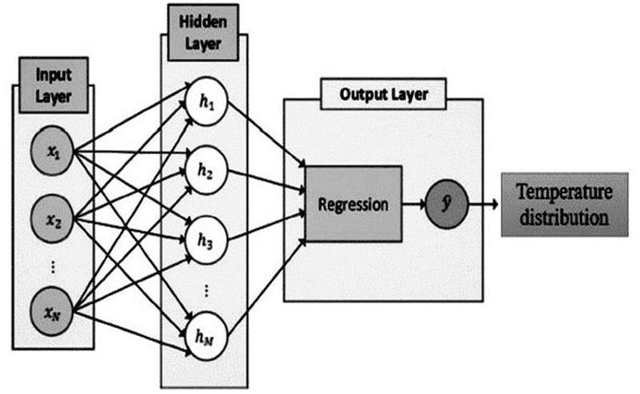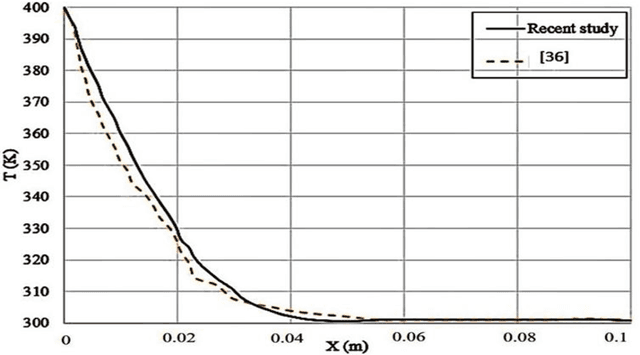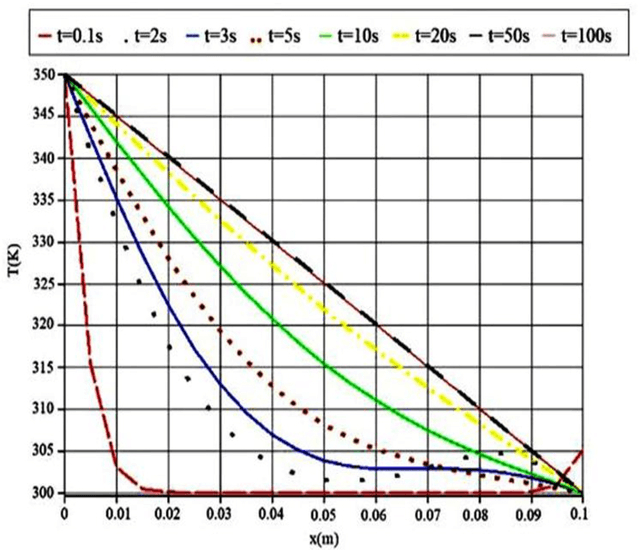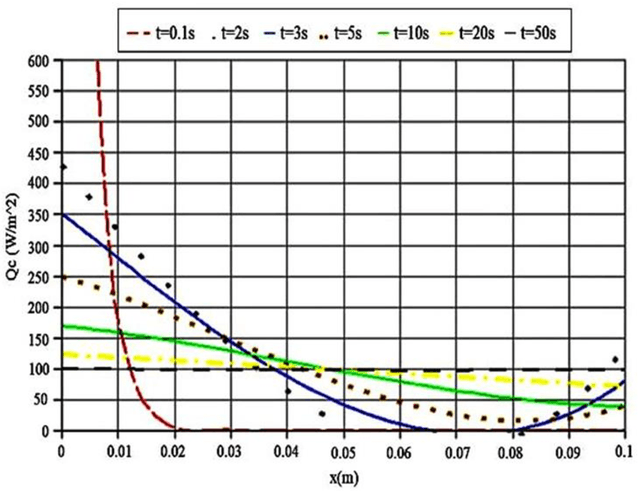Alireza Taat
Comparative analysis of machine learning and numerical modeling for combined heat transfer in Polymethylmethacrylate
Apr 12, 2022



Abstract:This study compares different methods to predict the simultaneous effects of conductive and radiative heat transfer in a Polymethylmethacrylate (PMMA) sample. PMMA is a kind of polymer utilized in various sensors and actuator devices. One-dimensional combined heat transfer is considered in numerical analysis. Computer implementation was obtained for the numerical solution of governing equation with the implicit finite difference method in the case of discretization. Kirchhoff transformation was used to get data from a non-linear equation of conductive heat transfer by considering monochromatic radiation intensity and temperature conditions applied to the PMMA sample boundaries. For Deep Neural Network (DNN) method, the novel Long Short Term Memory (LSTM) method was introduced to find accurate results in the least processing time than the numerical method. A recent study derived the combined heat transfers and their temperature profiles for the PMMA sample. Furthermore, the transient temperature profile is validated by another study. A comparison proves a perfect agreement. It shows the temperature gradient in the primary positions that makes a spectral amount of conductive heat transfer from a PMMA sample. It is more straightforward when they are compared with the novel DNN method. Results demonstrate that this artificial intelligence method is accurate and fast in predicting problems. By analyzing the results from the numerical solution it can be understood that the conductive and radiative heat flux is similar in the case of gradient behavior, but it is also twice in its amount approximately. Hence, total heat flux has a constant value in an approximated steady state condition. In addition to analyzing their composition, ROC curve and confusion matrix were implemented to evaluate the algorithm performance.
 Add to Chrome
Add to Chrome Add to Firefox
Add to Firefox Add to Edge
Add to Edge